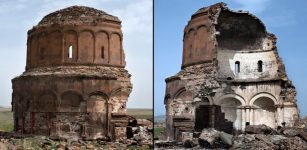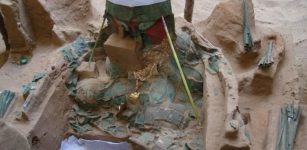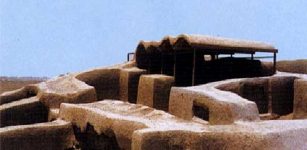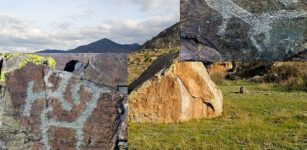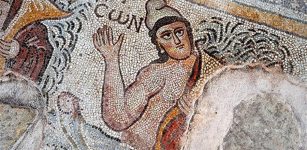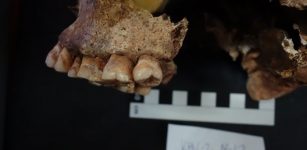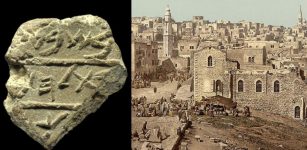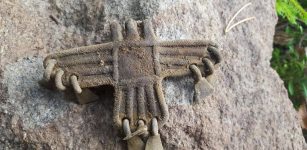Pillars Of Underwater Structure Discovered In Lake Biwako, Japan
MessageToEagle.com – A suspected shrine that dates back to late Edo Period (1603-1867) has been discovered by underwater archaeology research group working in the area of Lake Biwako, Japan’s largest lake.
“This is the first time that pillars of an underwater structure have been found so relatively intact,” said Hiromichi Hayashi, a professor emeritus of archaeology at the University of Shiga Prefecture in Hikone. “It is an epoch-making discovery in the history of underwater archaeology.”
The relics form a hitherto missing section of the Nagahama Castle ruins off the northeastern banks of Biwako, the nation’s largest lake.
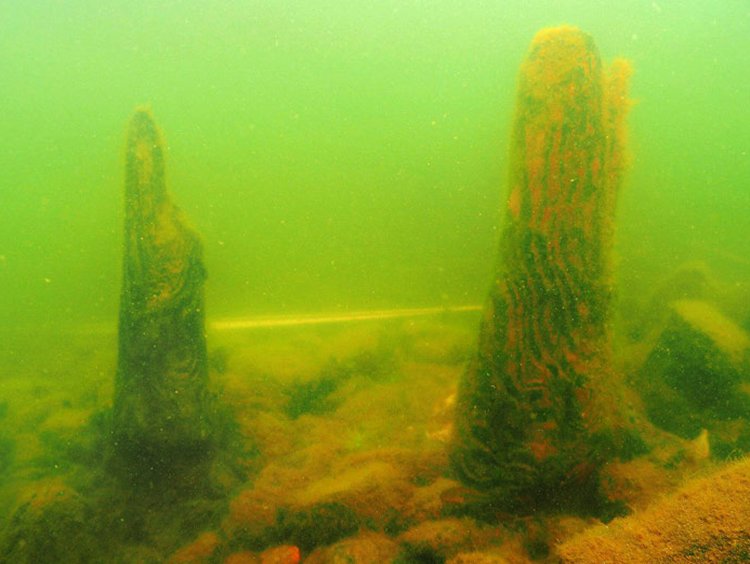
The lake is believed to be home of a dragon-king, in some references, identified as Biwa.The lake is related to many myths and legends. It is located in west central Honshu, near Kyoto. The depths of the lake Biwa are said to be patrolled by a nine-foot-long carp, which devours the bodies of those who drown.
The structure of the lake is rather unique and the researchers said they think the remains may have been a shrine dedicated to a deity that oversaw the castle or local area.
The architecture likely sank into the lake in subsidence caused by a major earthquake, the archaeologists said, as the ruins are located in waters deeper than those recorded in contemporary documents.
Carbon dating of the pillars and earthquake records show that the building probably descended to the lake floor following a magnitude-7.2 tremor that struck the region in 1819.
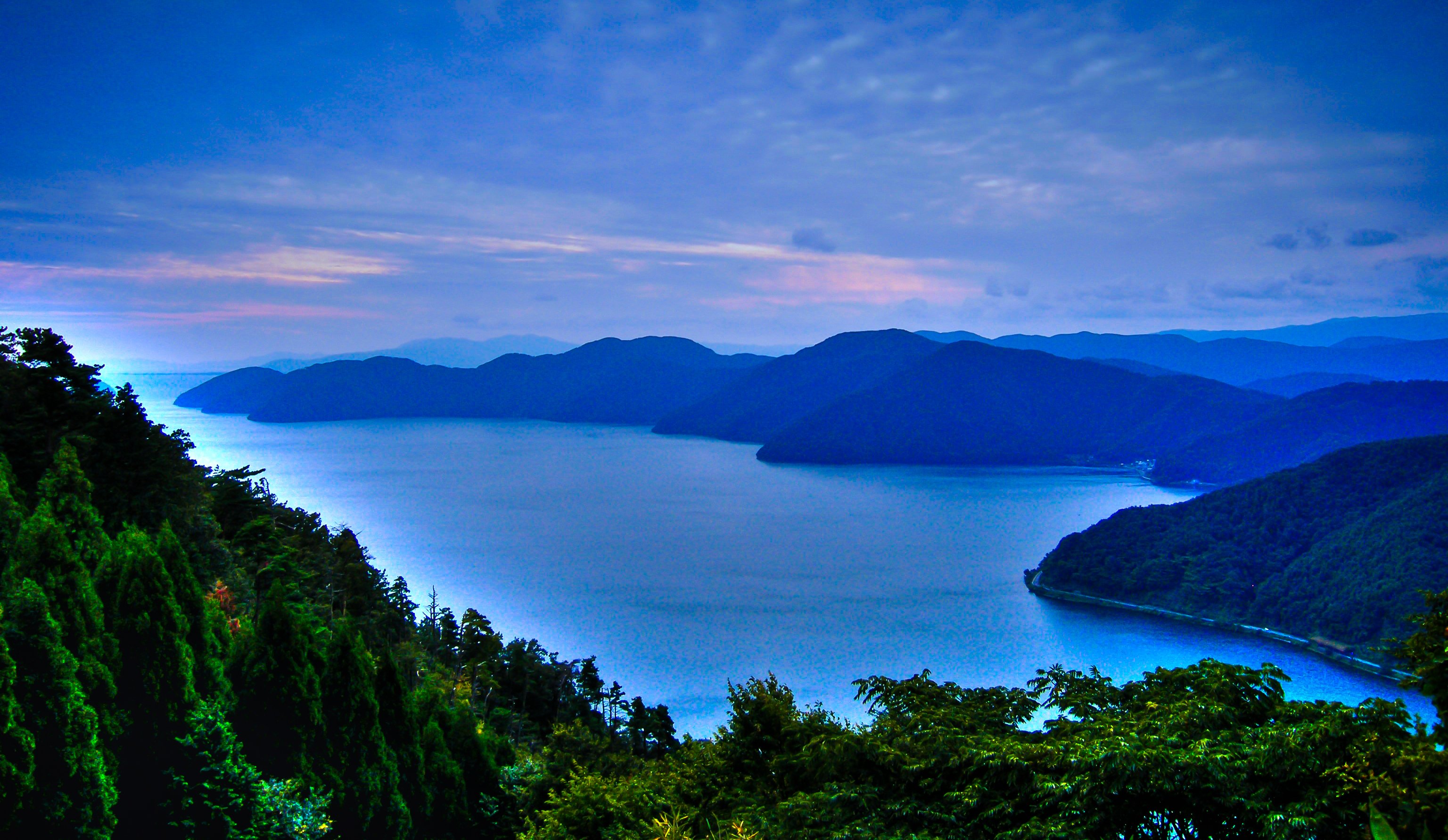
The same earthquake is believed to have caused stones of the Naoesengen ruins to sink 4 meters below the surface of Lake Biwako, 250 meters off the city of Maibara, south of Nagahama.
Using scuba gear, the excavation team found eight wooden beams protruding from the lake bed about 100 meters west of the bank at a depth of 1.8 meters.
Six of the beams had a diameter between 17 and 20 centimeters and were 46 to 66 cm in length. Four of them, which are likely pillars, were set up 1.8 meters apart, north to south, and 2.1 meters apart, east to west.
The remaining two are thought to have formed part of the eaves of the structure.
A layer at least 30 cm thick of fist-sized rocks was also found scattered around the pillars over an area with a diameter of about 8 meters.
MessageToEagle.com
source:

